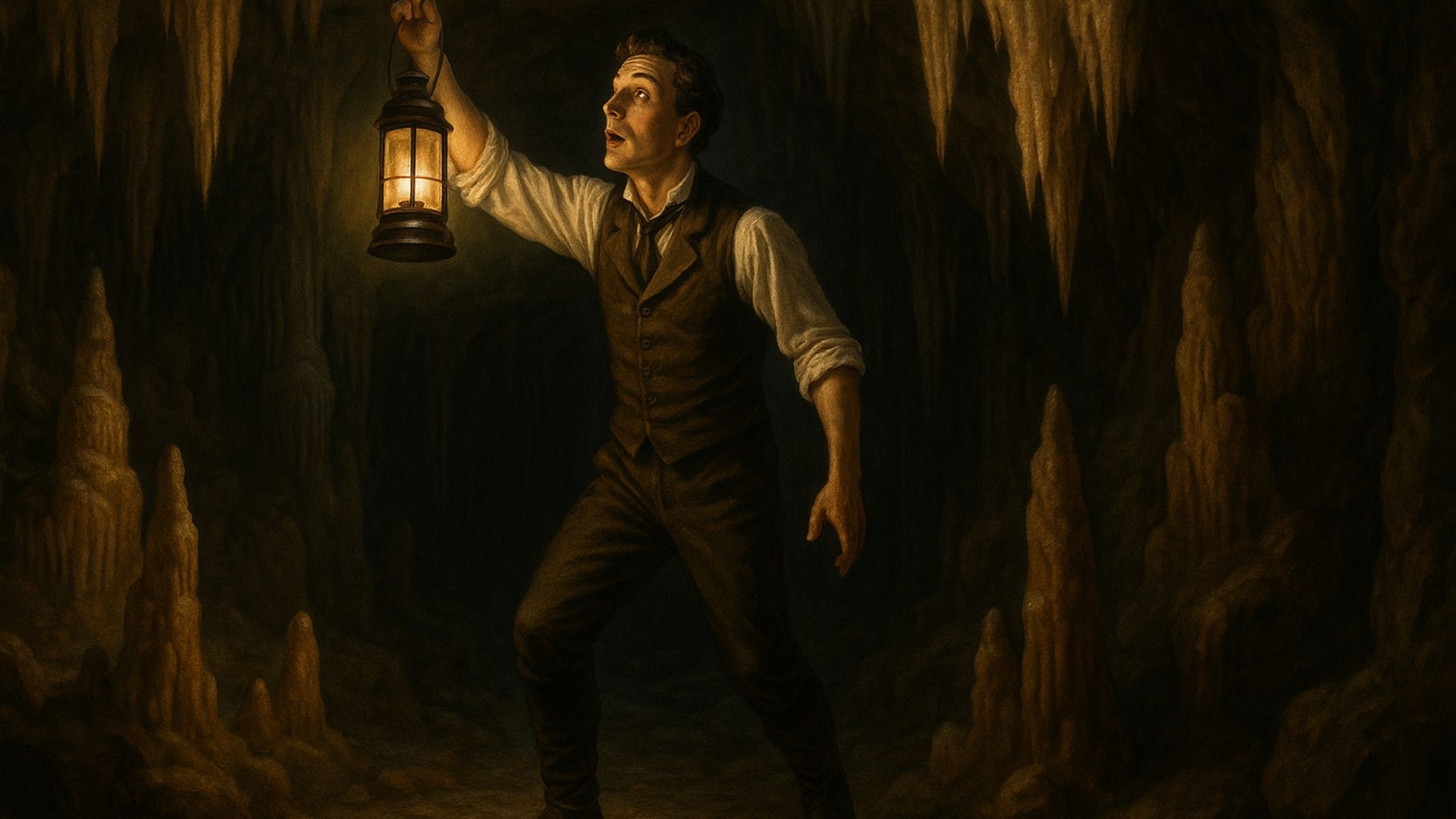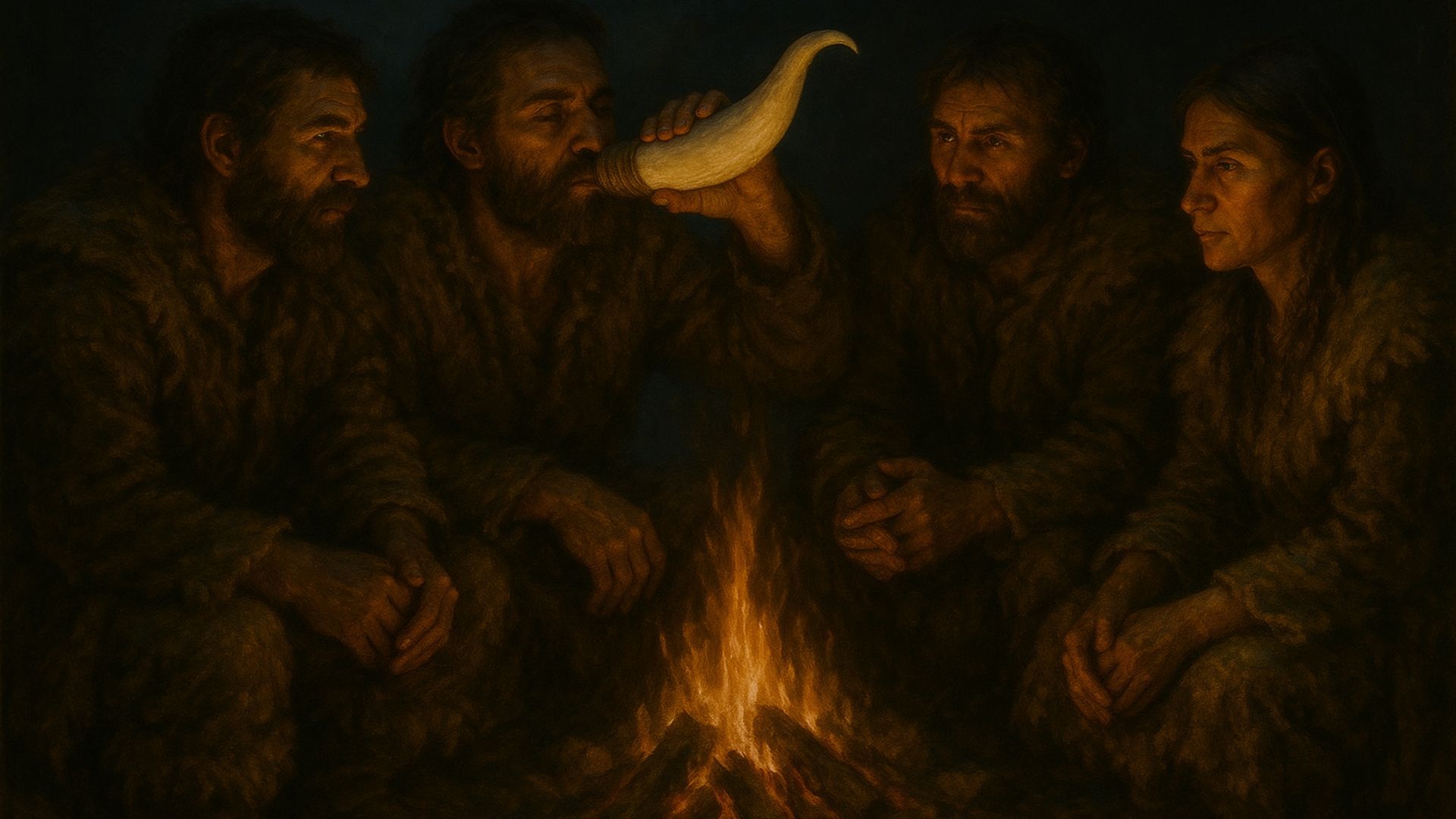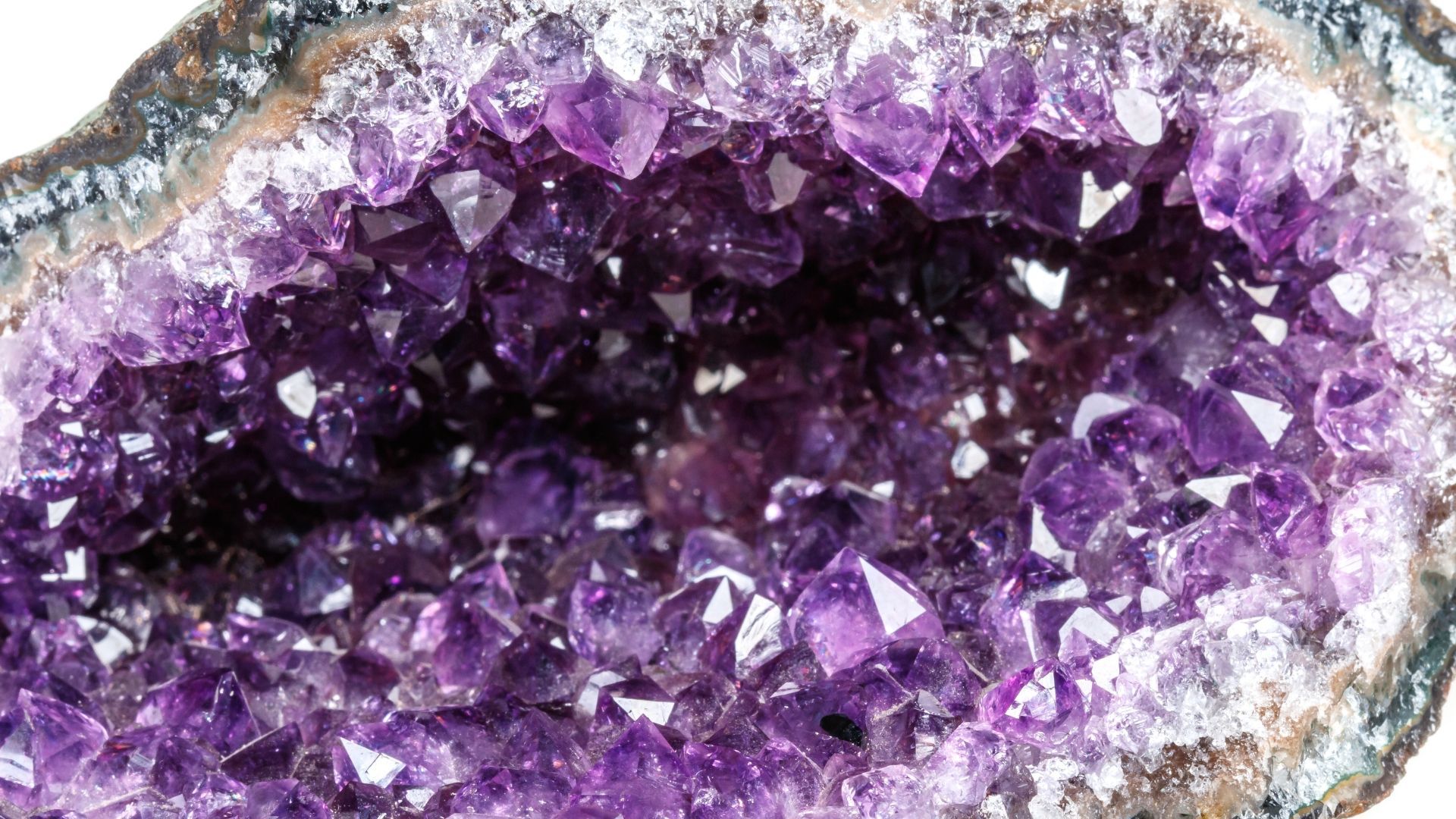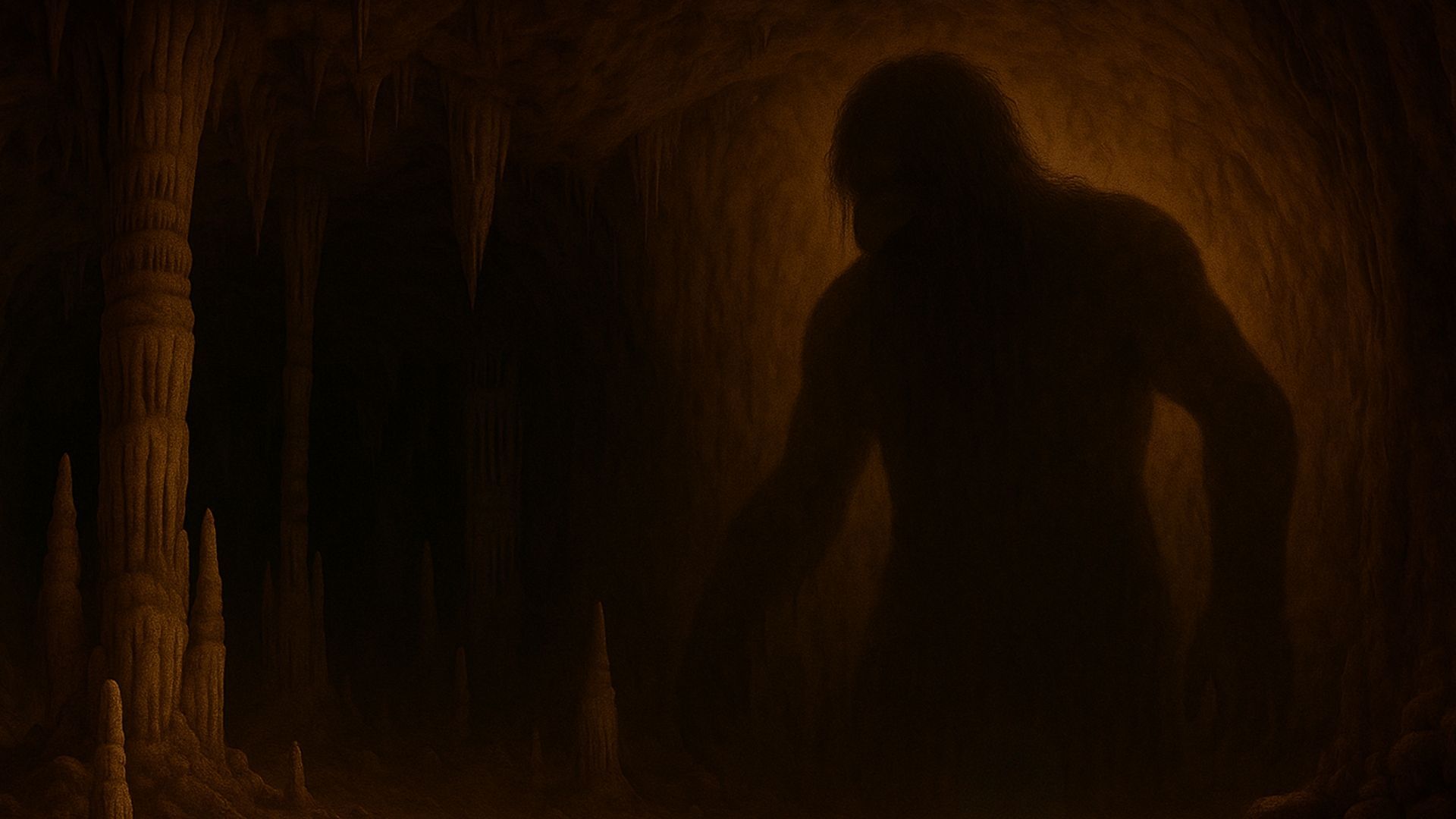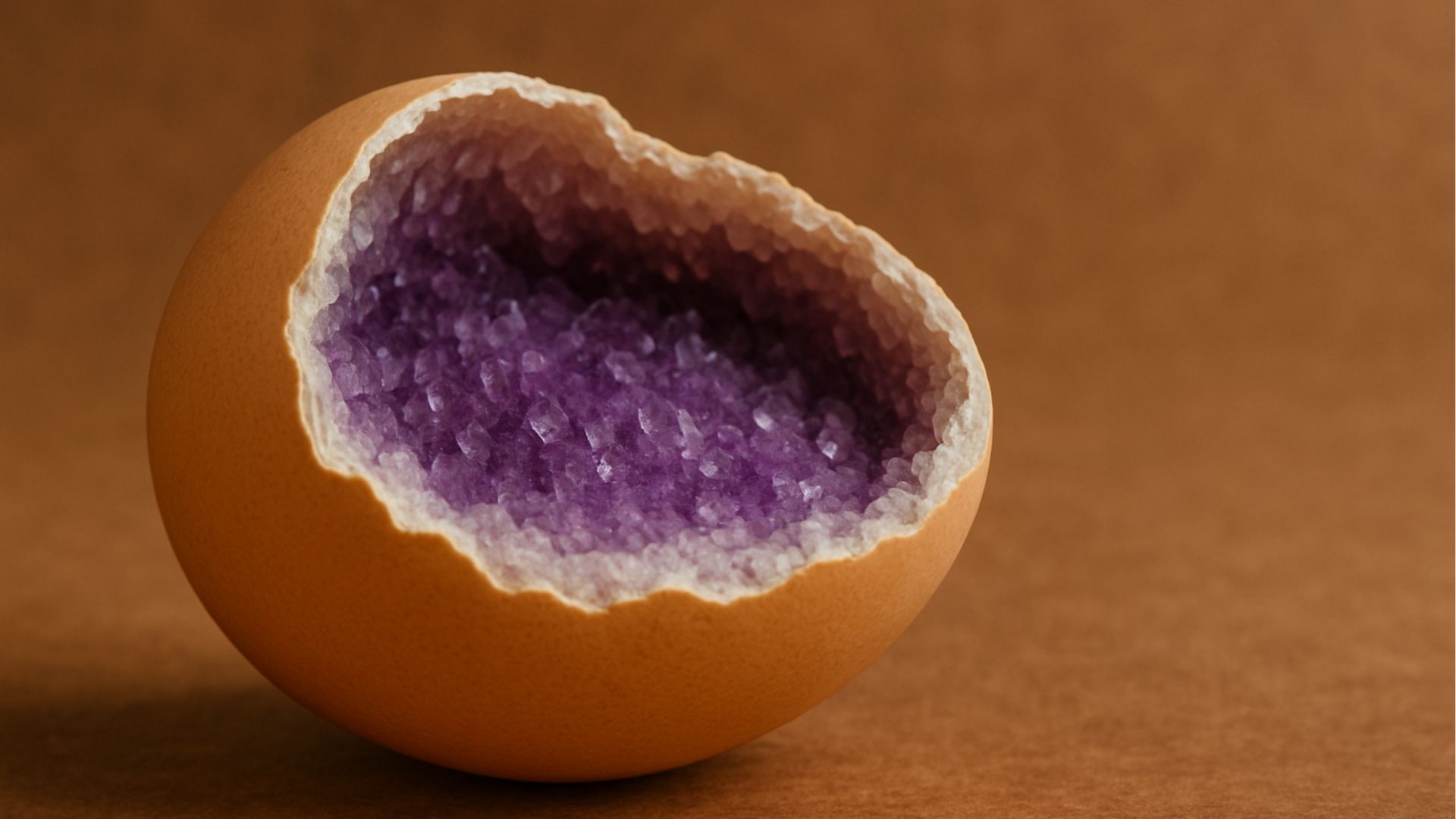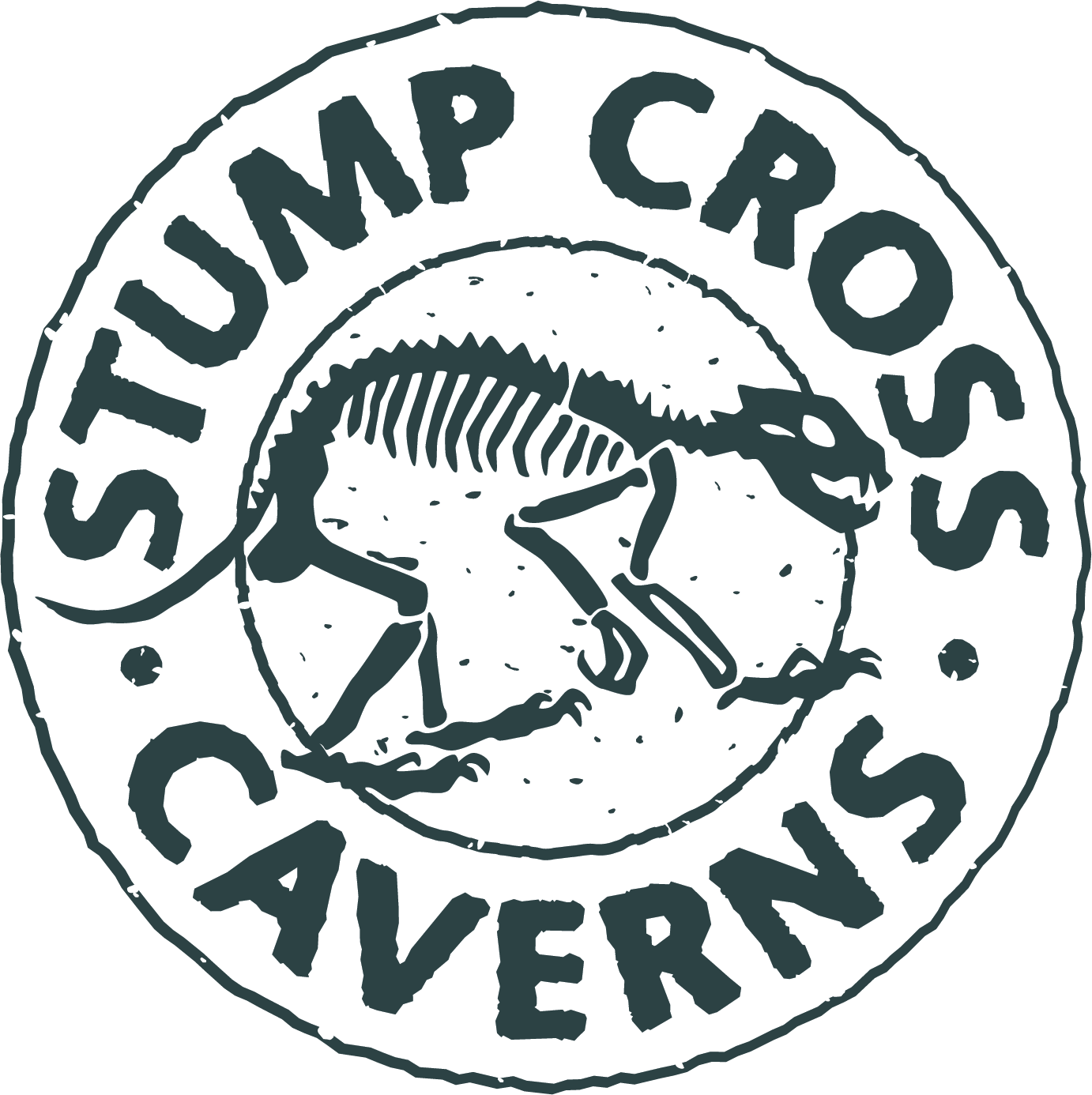Fossils are fascinating objects that teach us about the history of our planet. Discover 5 specimens found in Yorkshire.
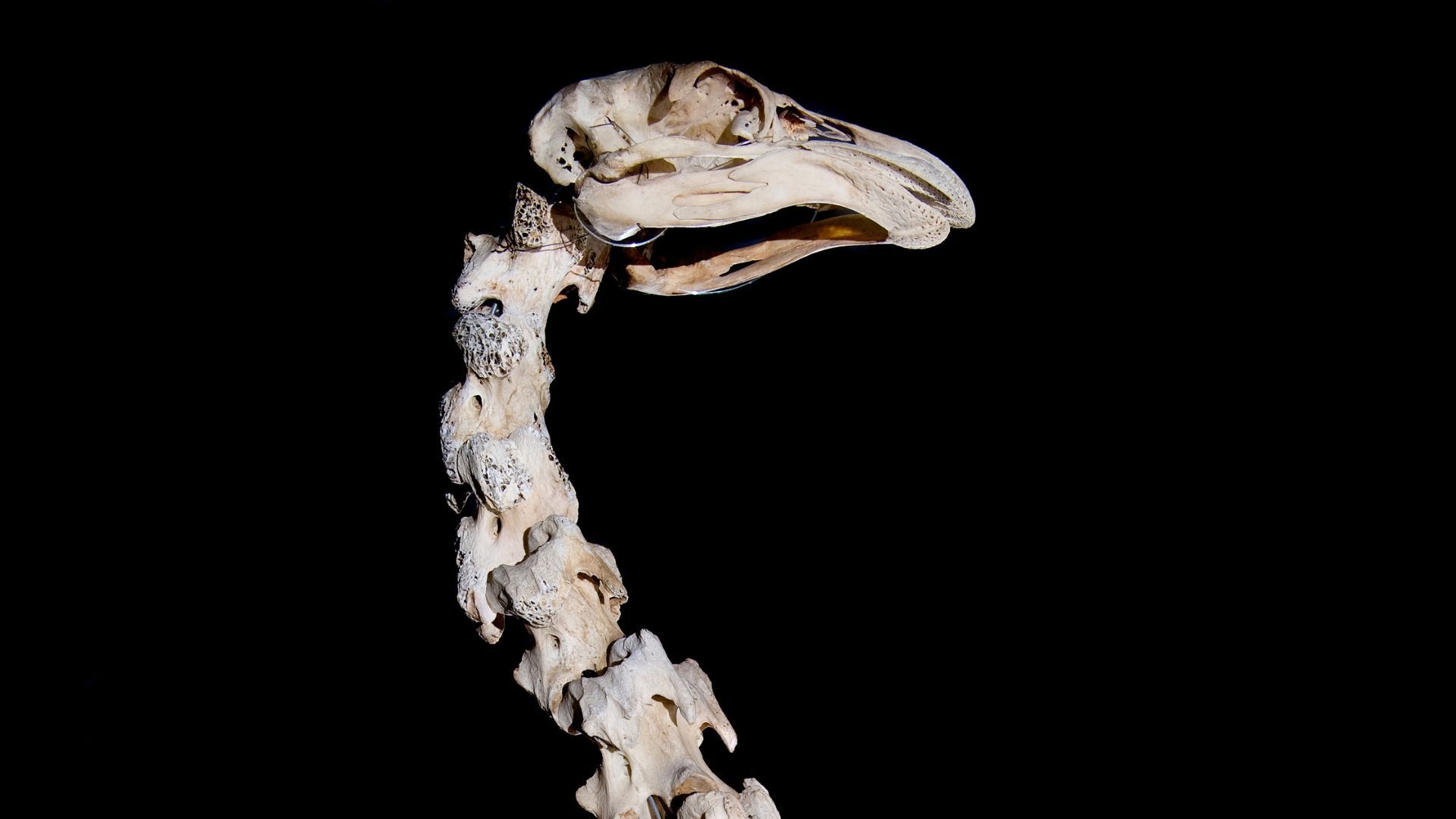
Here at Stump Cross Caverns, we're passionate about our prehistoric past and we make no bones about it. It's helped by our daily experience of conserving caves that are more than half a million years old – and where the bones of reindeer, bison and other prehistoric animals have been found.
Think of fossils in the UK and your mind might not go to Yorkshire first. But the region is bursting with the remains of prehistoric plants and animals. These range from ammonites on the coast to Whitby jet, a type of fossilised wood used in jewellery.
The bones of plesiosaurs, crocodiles and others have been found. And on many Yorkshire beaches, you can find oyster fossils known as Gryphaea or "devil's toenails".
Alongside these common finds, some amazing specimens have been dug up over the years – from 19th-century fossil fever to 20th- and 21st-century digs.
So, get your spades and picks. It's time to explore five of the most amazing fossils in Yorkshire.
What are fossils?
Fossils are the remains or traces of prehistoric life that have been preserved in rock. Both plants and animals can be fossilised. In the case of bones, it's unusual to find a complete skeleton.
Together, the world's fossils make up a "fossil record". This teaches us about how our planet has changed over the millennia.
Five incredible Yorkshire fossil finds
1. Giant ichthyosaur
When you start to dig into prehistory, you have to get used to big numbers. Take this for a bewildering statistic: the predator known as the "ichthyosaur" was swimming the Earth's oceans between 250 million and 95 million years ago.
Incredibly, you can now see an
ichthyosaur skeleton in the Yorkshire Museum. Around eight feet long and made up of more than 50 pieces, it's one of the most complete ichthyosaur skeletons in the world.
It was found by men quarrying alum near Whitby on the North Yorkshire coast and is believed to be around 180 million years old. Richard Owen, the man who named this specimen's species, is also credited with coming up with the word "dinosaur". That's quite the claim to fame!
2. Sauropod backbone
Some fossils are found in the ground. Others, like this sauropod backbone, fell from a cliff face, having rested there for some 170 million years.
The sauropod was one of the biggest herbivorous (plant-eating) dinosaurs. They roamed the Earth for around 150 million years on all fours. With their long necks, long tails, small heads and bulky bodies, they resemble brontosauruses.
Encased in sandstone, this remarkable find was nicknamed "Alan" after its discoverer, Alan Gurr.
3. A dinosaur footprint in Burniston Bay
A few miles north of Scarborough lies Burniston Bay. In April 2021, a local archaeologist named Marie Woods found something amazing: the metre-long footprint of a dinosaur that scientists believe was left by a theropod.
The dinosaur, it seems, paused for a rest one day 166 million years ago. It died and, over time, turned into the fossil you see today.
In 2021, the footprint was believed to be at risk from erosion and landslips. For this reason, it was removed from the shoreline and studied by scientists. It now has a home in Scarborough's Rotunda Museum of Coastal Heritage and Geology.
4. The Armley Hippo
There's something about prehistoric life that sparks the imagination. Take Professor Percy Fry Kendall in 1924, rhapsodising about the Yorkshire Ice Age:
"[A] time when Yorkshire hills and dales were peopled with fierce wild beasts – when the hippopotamus wallowed in the river swamps of the Aire, the Ouse and the Ribble…"
The partial skeleton of one such hippo is now on display in Leeds City Museum. Formerly known as the Leeds Hippo,
the Armley Hippo is a rare example of a vertebrate skeleton fossil. It was discovered in April 1852 by workmen digging in a brick pit.
Today, the Armley Hippo is often used as an educational tool and is much-loved by visitors to the museum and geologists alike.
5. Giant Moa
This fifth entry is something of an exception. The others were all found in Yorkshire. This one, however, was found by a Maori in New Zealand and sent to England in 1839, where it was studied by the anatomist and palaeontologist Richard Owen.
It's the
skeleton of a giant Moa bird and, like the ichthyosaur also in the Yorkshire Museum, is one of the largest and most complete examples of its kind. There are apparently only a few bones missing. The missing toe bone of the left foot, for instance, has been replaced with a cast.
The giant moa, now extinct, was a flightless bird that could grow up to 12 feet tall. The specimen in the Yorkshire Museum, however, is not quite so tall. It was probably found in a rock shelter or cave.
The moa was hunted by the Maori people and went extinct around 500 years ago.
Fossil digs at Stump Cross Caverns
When you walk into Stump Cross Caverns, you can tell we're mad about fossils. The gift shop is full of replicas, and we have on display some replicas of amazing finds from down in the caverns.
But we also hold
fossil digs for kids. These are fun, educational, hands-on sessions where participants dig for real fossils that they get to take home and keep.
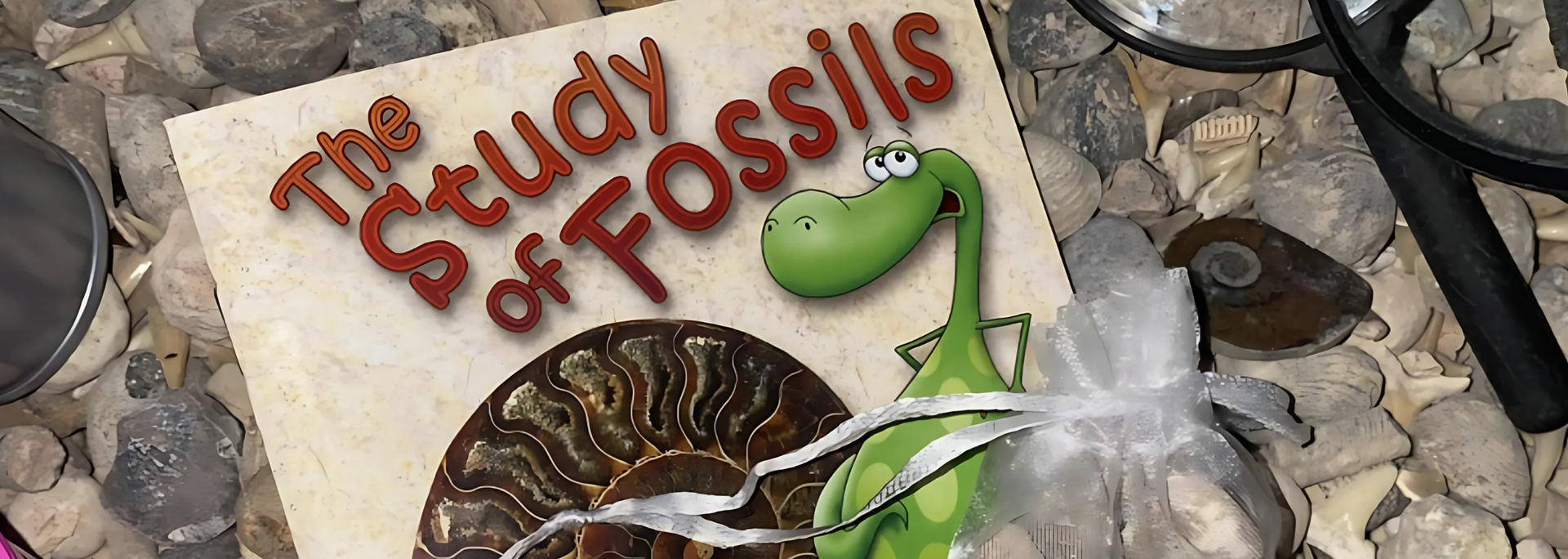
The session begins with a 30-minute presentation. This engaging, interactive talk is all about Yorkshire's ancient past. Kids turn into budding palaeontologists, examining fossilised dinosaur eggs and a huge megalodon tooth.
The second half of the session is educational, hands-on fun. Kids comb through sand to find real ancient fossils. They take these home along with a learning kit.
Our fossil digs are suitable for all ages. They follow Key Stage 2 learning pathways. There are also SEN-friendly sessions on selected dates.
Know a little fossil lover? Spark their curiosity with an interactive fossil dig at Stump Cross Caverns. You'll find us in the Yorkshire Dales, near Pateley Bridge.
Book your spot online today.

